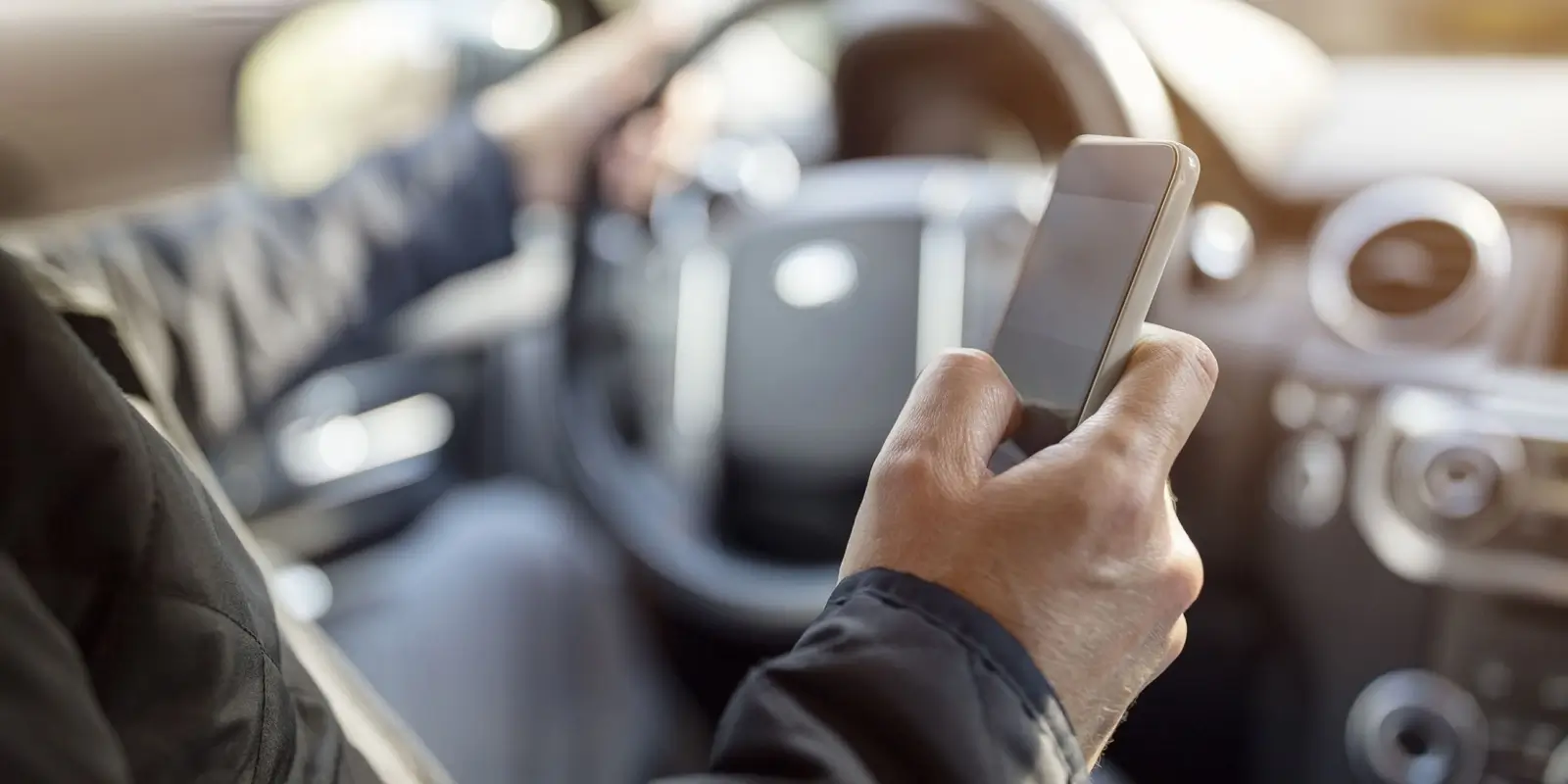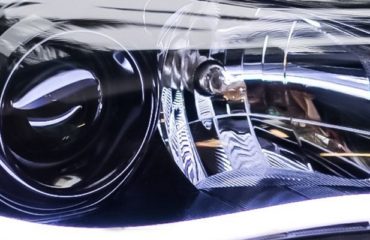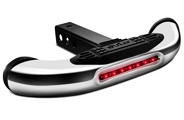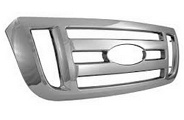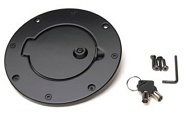In the bustling streets of Florida, where the sound of seagulls melds with the rush of traffic, car accidents are, unfortunately, a common sight. Each accident brings about a whirlwind of confusion, concern, and a critical need for clarity on one pressing question: “how to tell who hit whom in a car accident?” This question does not only seek to assign blame but also to understand what unfolded in those decisive moments before impact.
Products are available — click below to view them!
SEE DETAILS ON EBAYUnderstanding the Complexity of Car Accidents
Car accidents are dramatic and distressing events. Picture the scene: the harsh scrape of metal, the shattering of glass, and the sudden, sharp blare of car horns. Amidst this sensory overload, determining who is at fault can be overwhelming. It’s a scenario that many of us in Florida have found ourselves in, under the harsh glare of the sun and the watchful eyes of bystanders.
Gathering Evidence
The first step in resolving the question of “how to tell who hit whom in a car accident” is to gather evidence. This involves:
- Photographing the accident scene: Capturing angles of the vehicles and their positions on the road can provide critical insights.
- Talking to witnesses: Quotes from onlookers can be pivotal. As one witness in a hypothetical scenario mentioned, “The silver sedan ran the red light just before hitting the blue pickup.”
- Reviewing traffic and dashcam footage: Video evidence can sometimes offer the most indisputable proof of what transpired.
The Role of Florida Law in Determining Fault
Florida’s legal framework incorporates comparative negligence, which means that each party involved in a car accident can be held partially responsible depending on their contribution to the accident. The determination of “how to tell who hit whom in a car accident” becomes crucial in understanding how liability is distributed.
In our hypothetical situation, consider a typical afternoon on a busy Miami road, where a momentary distraction leads to a multi-car accident. Through witness statements, the collection of traffic cam data, and an assessment of vehicle damages, authorities piece together a narrative that explains the sequence of events, which is vital for the involved parties.
Analyzing the Impact of Determining Fault
The consequences of determining who hit who in car accidents go beyond legal implications; they affect insurance claims, personal responsibility, and financial burdens. A survey indicated that in Florida, over 20% of drivers experience uncertainty and anxiety over accident-related disputes and their outcomes.
Emotional and Financial Resolution
When clarity is achieved in determining “how to book who hit whom in a car accident,” the involved parties often experience not only a legal resolution but an emotional one. The sounds of a bustling Florida highway gradually fade into the background as drivers and passengers alike come to terms with the event, supported by the concrete findings that have brought an understanding of the incident.
Frequently Asked Questions
What should I do immediately after a car accident in Florida?
- Ensure everyone’s safety, call 911, and start gathering evidence by taking photos and looking for witnesses.
How does Florida’s no-fault insurance affect my car accident claim?
- Florida requires that all drivers carry Personal Injury Protection (PIP), which covers your medical bills regardless of who caused the accident, affecting how damages are claimed.
How long do I have to file a claim after a car accident in Florida?
- You typically have four years from the date of the accident to file a personal injury lawsuit, according to Florida’s statute of limitations.
Can I still receive compensation if I was partially at fault in the accident?
- Yes, under Florida’s comparative negligence law, you can receive compensation proportionate to your degree of fault.
What if the other driver involved in the accident flees the scene?
- Report the incident immediately to the police. Uninsured motorist coverage might compensate if the other driver cannot be located.
By focusing on these specifics, we pave the way for not only legal corrections but also ensure emotional solace and safety for all involved. Understanding “how to tell who hit whom in a car accident” is more than legal jargon; it’s about restoring a sense of justice and peace to those involved, ensuring they can move forward from their experience with confidence.

